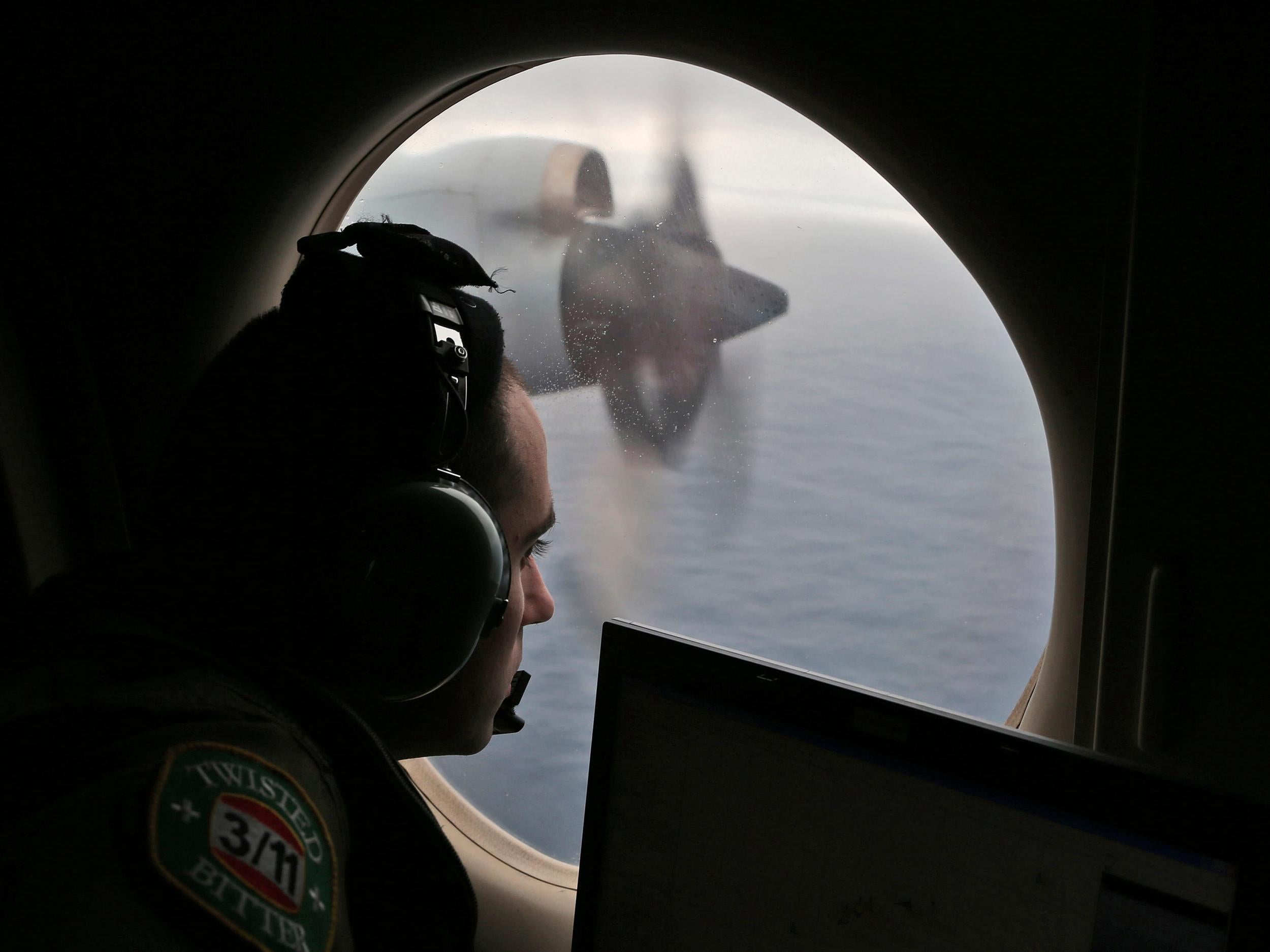Flight MH370: ‘No one at controls’ when aircraft plunged into the sea, new analysis suggests
Report is at odds with 'controlled descent scenario'

Fresh analysis of the final moments of doomed Malaysia Airlines flight MH370 suggest nobody was at the controls when the aircraft came down, investigators have said.
The new information was published in a report released on Wednesday and supports the investigators’ long-held theory that pilots were not at the controls of the Boeing 777 when it ran out of fuel.
The report, from the Australian Transport Safety Bureau, said the plane’s flaps were not extended when it crashed, ruling out a controlled descent.
Researchers analysed debris from the plane’s right wing and found the damage sustained was “consistent with the flaps in the retracted position”.
Data from the final communications with the aircraft was “consistent with the aircraft being in a high and increasing rate of descent at that time,” the report says.
This scenario means the plane would have plummeted at high speed into the Indian Ocean.
The report is at odds with the controlled descent scenario, which critics of the investigation have pointed to, in which it is argued someone was still piloting the plane when it crashed.
If that was the case a pilot could have glided the plane much further than the estimated crash zone.
The Boeing 777 disappeared with 239 passengers and crew after leaving Kuala Lumpur en route to Beijing in March, 2014.
So far just 20 pieces of debris have been found, but no major wreckage from the plane has been discovered.
Additional reporting by Associated Press.
Join our commenting forum
Join thought-provoking conversations, follow other Independent readers and see their replies
Comments